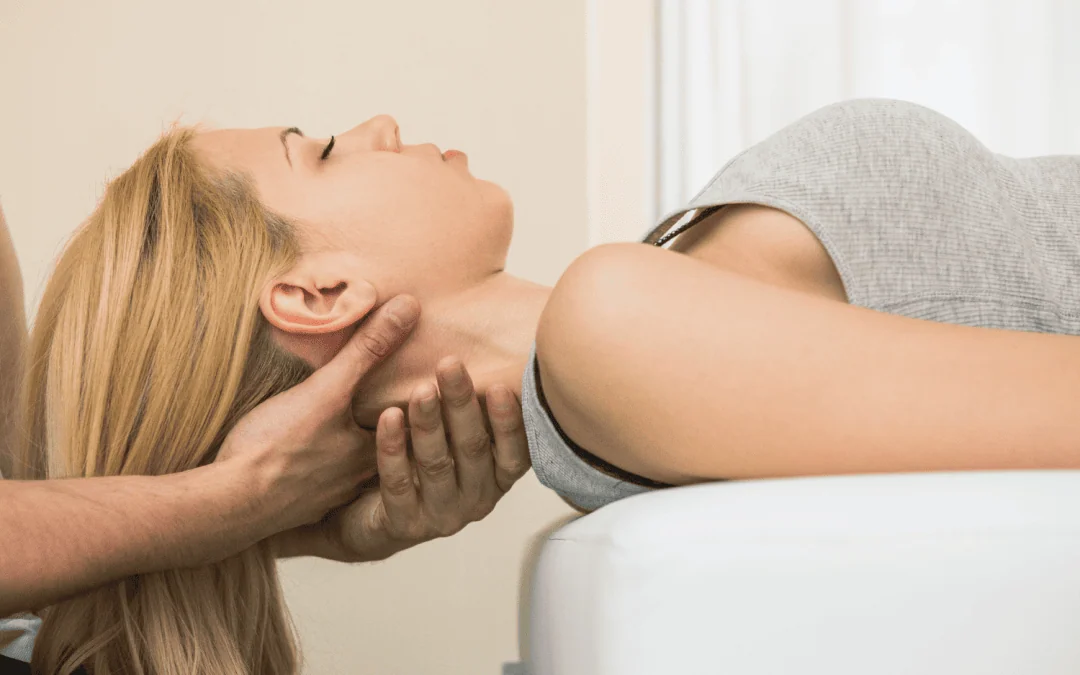Pelvic Inflammatory Disease (PID) is a significant health concern affecting many individuals assigned to female at birth. Understanding its symptoms, causes, and the role of pelvic floor physiotherapy in treatment can empower those affected to seek appropriate care and improve their quality of life.
What Is Pelvic Inflammatory Disease?
Pelvic inflammatory disease is an infection of the female reproductive organs, including the uterus, fallopian tubes, and ovaries. It often results from sexually transmitted infections (STIs) like chlamydia or gonorrhoea but can also arise from other bacterial infections. Early detection and treatment are crucial to prevent complications such as infertility, ectopic pregnancy, and chronic pelvic pain.
Symptoms of Pelvic Inflammatory Disease
Pelvic inflammatory disease (PID) can present with a range of symptoms, some of which may be mild or even absent. Common signs include:
- Lower Abdominal Pain: Often the most prevalent symptom, ranging from mild discomfort to severe pain.
- Abnormal Vaginal Discharge: Unusual color, consistency, or odor may indicate infection.
- Painful Intercourse: Discomfort during or after sexual activity.
- Fever and Chills: Elevated body temperature may accompany the infection.
- Painful Urination: Burning or discomfort during urination.
- Irregular Menstrual Bleeding: Unusual bleeding patterns, including spotting between periods.
It’s important to note that some individuals may not experience noticeable symptoms, making regular medical check-ups essential, especially for those at higher risk.
Causes and Risk Factors
The primary cause of PID is the migration of bacteria from the vagina or cervix to the upper reproductive organs. Risk factors include:
- Multiple Sexual Partners: Increases the likelihood of contracting STIs.
- Unprotected Sexual Activity: Lack of barrier protection methods.
- History of STIs: Previous or existing sexually transmitted infections.
- Douching: Alters the natural vaginal flora, facilitating bacterial ascent.
- Recent Intrauterine Device (IUD) Insertion: Slightly elevated risk shortly after placement.
Understanding these risk factors can aid in prevention and early intervention.
The Role of Pelvic Floor Physiotherapy in Managing PID
Pelvic floor physiotherapy focuses on the muscles, ligaments, and connective tissues that support the pelvic organs. While it doesn’t treat the underlying infection causing PID, it offers several benefits in managing symptoms and improving pelvic health:
- Pain Management: Techniques such as manual therapy, biofeedback, and relaxation exercises can alleviate pelvic pain associated with PID.
- Improved Muscle Function: Strengthening and relaxing pelvic floor muscles enhance support for reproductive organs, potentially reducing discomfort.
- Enhanced Sexual Health: Addressing muscle tension and dysfunction can lead to more comfortable and satisfying sexual experiences.
- Bladder and Bowel Control: Therapy can assist in managing urinary or fecal incontinence that may accompany pelvic floor dysfunction.
Incorporating pelvic floor physiotherapy into a comprehensive treatment plan can significantly improve quality of life for those recovering from PID.

Pelvic Floor Exercises to Support Recovery
Pelvic floor exercises, commonly known as Kegel exercises, play a pivotal role in the recovery process for individuals diagnosed with Pelvic Inflammatory Disease (PID). While PID primarily affects the upper reproductive organs, the associated pelvic discomfort and potential muscle dysfunction can be effectively managed through targeted pelvic floor strengthening and relaxing the pelvic muscles, supporting recovery from PID:
- Kegel Exercises: Involve contracting and relaxing pelvic floor muscles to build strength.
- Deep Breathing and Relaxation Techniques: Help reduce muscle tension and promote relaxation.
- Pelvic Tilts: Assist in enhancing pelvic mobility and relieving pain.
- Bridge Exercise: Lie on your back with knees bent. Lift your hips off the floor by squeezing your gluteal and pelvic floor muscles. Hold for a count of three, then slowly lower back down. Perform 10 repetitions.
It’s advisable to consult with a pelvic floor physiotherapist to receive personalized guidance tailored to individual needs.
Benefits of Pelvic Floor Exercises in PID Recovery
- Alleviation of Pelvic Pain:
- Strengthening the pelvic floor muscles can provide better support to the pelvic organs, reducing the strain and alleviating pain associated with PID.
- Improved Bladder and Bowel Control:
- PID can sometimes lead to urinary and bowel dysfunction. Regular pelvic floor exercises enhance muscle control, aiding in the prevention of incontinence issues.
- Enhanced Sexual Function:
- Strengthened pelvic muscles contribute to improved sexual health, which may be compromised due to the discomfort caused by PID.
- Prevention of Pelvic Organ Prolapse:
- By reinforcing the pelvic floor, these exercises help prevent the de
Seeking Professional Help
If you suspect you have PID or are experiencing pelvic discomfort, it’s essential to seek medical attention promptly. Early treatment can prevent complications, and incorporating pelvic floor physiotherapy can aid in recovery and enhance pelvic health.
At Pillars of Wellness, our experienced team offers comprehensive pelvic floor physiotherapy services tailored to your unique needs. We are committed to providing compassionate care to support your journey toward optimal health.
Conclusion
Pelvic Inflammatory Disease is a serious condition that requires prompt medical attention. Understanding its symptoms and causes is crucial for early detection and treatment. Incorporating pelvic floor physiotherapy into your recovery plan can provide significant benefits, from pain management to improved pelvic function. By taking a proactive approach to your pelvic health, you can enhance your well-being and quality of life.
Mari Mueller – Certified Pelvic Floor Physiotherapist Level 3 is happy to answer any questions you may have on the topic.

Mari Mueller, Physiotherapy


